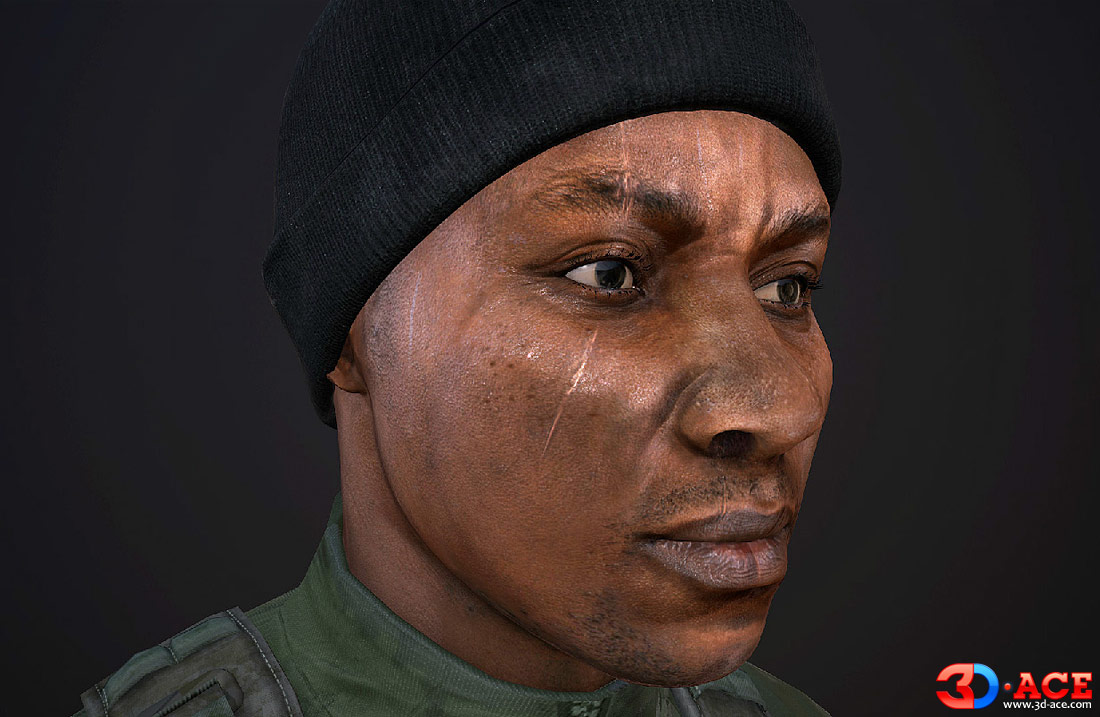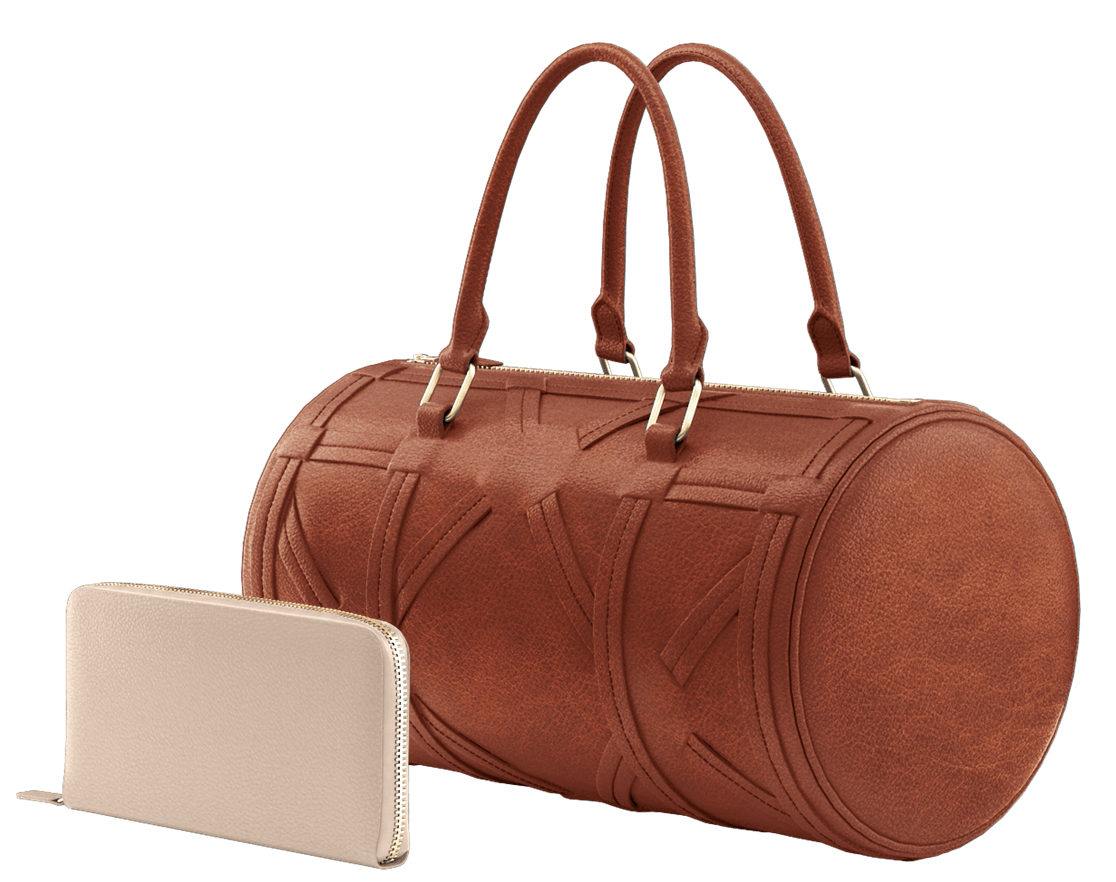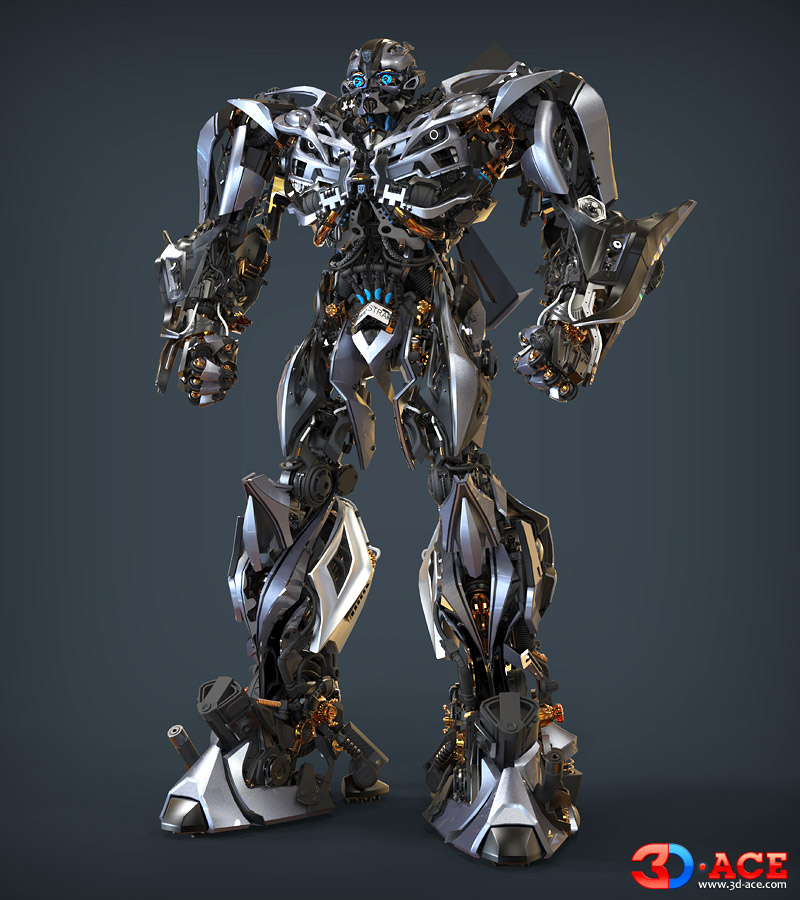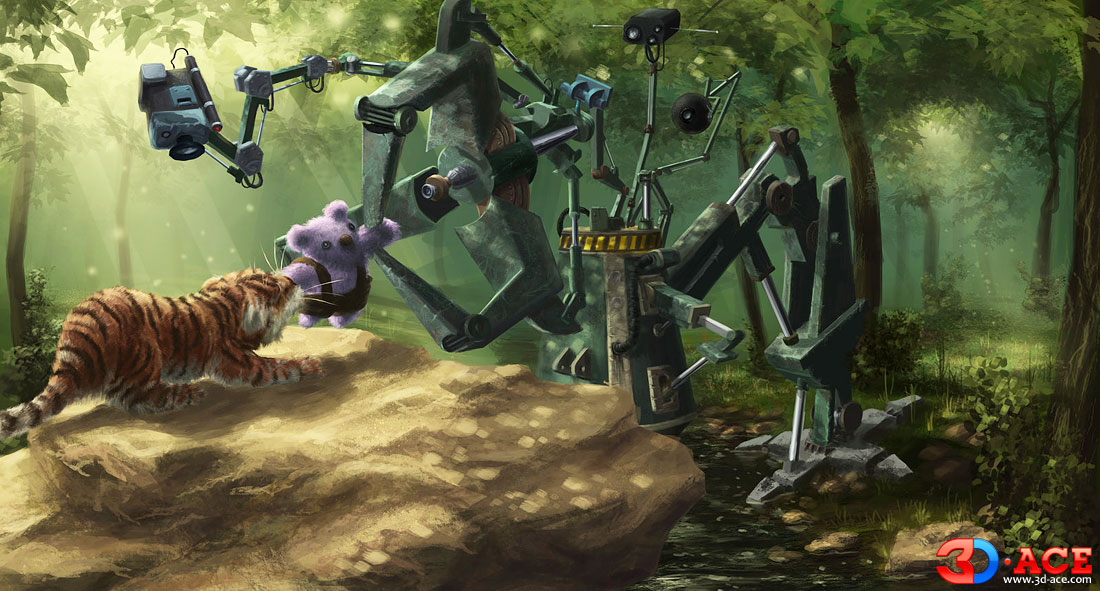Intro
When it comes to developing applications — whether they be product configurators or MMOs — it is integral that the graphic style not only suits but accentuates the content being conveyed. For product visualizations, photorealism is needed to show the customer exactly what they wish to see without creating a degree of separation due to subpar graphics. On the other hand, an augmented reality children’s book requires enchanting cartoony animations that enthrall and bewitch.
Here we explore five of the major styles of 3D art and lay out how they can optimize specific products, applications and projects. The styles explored are: realism, photorealism, unreal realism, “cartoony animation”, anime, and collages.
If you want to bring your product to the next level, feel free to use our 3D modeling services and get quality 3D art customized to your business needs.
Realism
Realistic graphics aim to recreate how the world appears to us in real-life upon a digital platform. This isn’t to mean that the style relies on expending massive amounts of processing power toward creating identical replications of human faces. Instead, it describes a direction in which the feel and atmosphere is based wholly upon how reality is visually perceived.
Use
Realistic graphics are ideally suited for trainings, simulations, and some types of gaming. For trainings and simulations, it is vital that users are immersed in the experience without being forced to suspend belief. This, in turn, would cause users to expect a photo-realistic approach but, as of yet, the majority of target demographics lack the hardware to support such ambitious projects. If, as a developer, you are looking to deploy across diverse and non-resource rich audiences, then a realistic aesthetic backed up by crisp animations and quality content will more than suffice to deliver immersion and satisfaction to users.
Examples

Photorealistic
Photorealistic graphics concur with the basic premise of “realism” — a commitment to digitally portraying the world as it’s visually experienced — but takes it to the absolute extreme. Photorealism demands that digitally constructed images look as if they were real photographs. When photorealism is done right, a picture and a digital rendering are nearly indistinguishable.
Uses
In the realm of animation, absolute photorealism is still a long way away. Artists are able to craft the required images and progressions, but hardware simply isn’t powerful enough to support it yet. Some recent releases, designed AAA for PC gaming platforms, are, however, pushing toward this limit.
Photorealism shows its strength when it comes to retail, architectural and enterprise visualizations. In retail, architecture, and interior design specifically, potential clients want to have a clear idea of what they are committing to before they expend the resources. Typical illustrations and medium-quality visualizations are helpful but leave plenty of room for doubt. By providing photo-realistic depictions of a product, property or room, it is as if the person were actually there.
Examples

Unreal (Fantasy, Sci-Fi, Steampunk) Realism
Fantasy, sci-fi and steampunk games constitute a large majority of the most popular video and tabletop games currently on the market. Each of them comes with their own specific tropes and styles. Fantasy and sci-fi often involve aliens, races and creatures that, while not “real”, are depicted realistically within the game world. This is often mirrored by environments that do not exist on our own planet but fundamentally follow our perceptions of structure, physics and coloring. The key with developing with this style is to let the game world express itself while maintaining a level of realism that offsets the suspension of belief.
Use
This form of realism is most often applied to gaming. Whether for console, PC, or VR/AR/MR gaming, successful unreal realism relies upon using familiar tropes in unfamiliar ways. Orcs and steampunk zeppelin captains, for example, have been in countless games. Yet by pairing high-quality sculpting/modeling and rendering with new, engaging conceptions of genre-standard elements, unreal realism can keep the genres fresh and appealing.
Wargaming, a subset of tabletop gaming, uses armies of miniature, physical figurines to reenact or play out different scenarios. With the advent of 3D printing, new possibilities have opened for art teams to develop in-depth and sharp models for this mode of gaming.
Examples

Collage
Collages traditionally use different art mediums (ink, felt, paper, etc.) in conjunction to create works of art that feel at once crafty and evocative. Depending on the content used, collages can run the gamut from childish and goofy to surreal and provocative. The strength of collages arise from their ability to create artwork with “texture.” The result is that they can paradoxically seem more realistic than forms of digitalization that cast everything in the same chromatic and textural scheme.
Use
This style of animation is ideal for products aimed at children — whether that be games, educational productions or advertisements — or a “hipster” indie market. For gaming, collages are ideal for games in which the action exists on a separate plane than the background, such as side-scrollers. Additionally, the method can work well for puzzle-based games in which the environment is intended to be digested in artistic manner as opposed to simply a platform on which action occurs. This is particularly true for indie games that focus more on unique and tasteful gaming experiences.
For educational games and animations, collages provide a perfect backdrop for drawing people in. The broad nature of collages allow for plenty of creative license to craft scenes that appeal to specific people.
Examples

“Cartoony” Animation
As a taxonomic term, “cartoony” lacks a clear definition but has become a common, if diffuse, way to describe an approach toward graphics. It can include everything from the ever iconic World of Warcraft to the cel-shaded Borderlands. For the sake of clarity in this analysis, anime will be considered to be a distinct genre of animation than a perhaps Western orientation toward cartoon-as-art.
Use
The greatest strength of the style is that it offers developers a lot of leigh way to craft a unique atmosphere and environment. In general, it is best used for gaming, animations, or gamified educational content. In all of these applications it is important to first clearly define the target demographic and the content that will be enacted through it. More so than any other genre, this is one in which artists should be given creative license.
For gaming, a non-realistic and instead unique artistic direction has proven to be a very successful strategy for games across many genres. In shooters, it offers a break from the omnipresence of hyper-realistic FPS. In strategies and MOBAs, cartoony graphics allow developers to include diegetic and nondiegetic elements that organically highlight important game elements.
Examples
Anime
This style of animation originated in Japan and has since grown into arguably the most recognizable and iconic of all. As with most major genres of art, it is heterogeneous and divided into specific forms. Generally, however, anime is often categorized by exaggerated physical features and highly emotive facial expressions. The market for anime products traditionally has been in East Asia but the popularity of anime video content has turned it into a worldwide phenomenon.
Use
Anime can be used as the aesthetic cover of games, a component of a regional or demographic-based advertising campaign, or the style for an educational application. Its greatest strength in almost all of these uses is the unique feel and distinctive character is provides.









